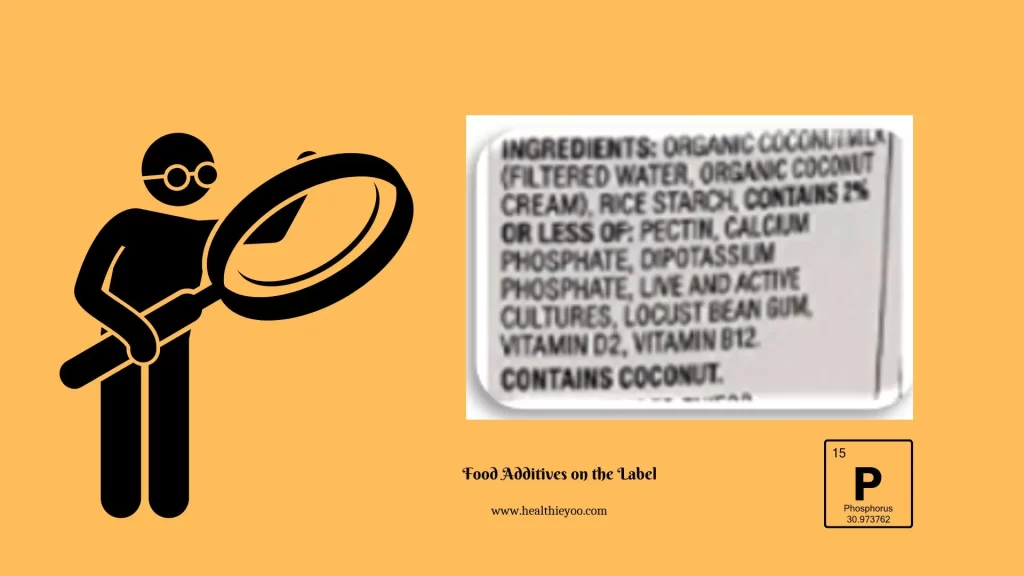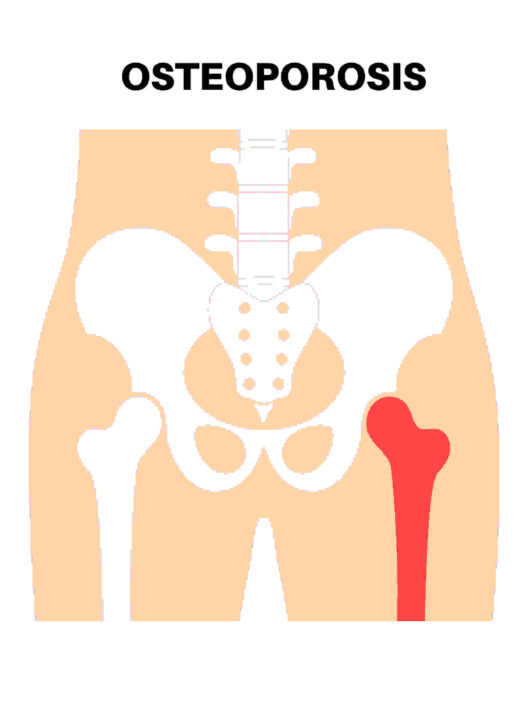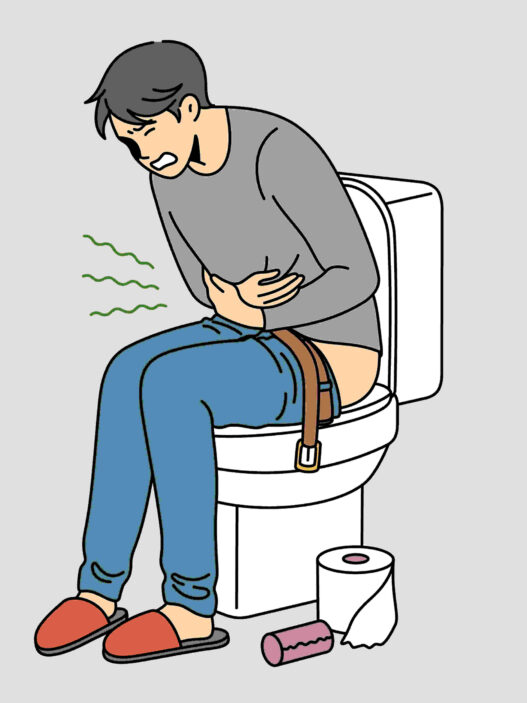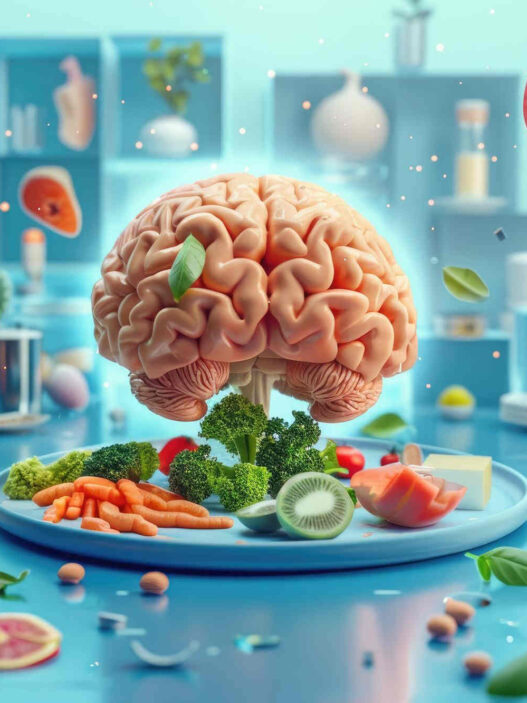Why is it important to control phosphorus if you have CKD or kidney failure? Where is hidden phosphorus? What are the commonly used phosphate additives that one has to check on the food label? What foods are high in phosphorus or contain phosphate additives? And finally, how can I control phosphorus?
What is Phosphorus?
Phosphorus is an important mineral in your bones. Along with calcium, phosphorus is needed to build strong bones.
Why Is It Important To Control Phosphorus?
When your kidneys are not working well, phosphorus can build up in your blood.
Too much phosphorus in your blood can cause higher than normal parathyroid hormone levels, causing your bones to lose calcium. When your phosphorus level is high, your skin may itch. High phosphorus can also cause heart attack, stroke, loss of fingers and toes, loss of eyesight, sexual function, and even death. You may be unable to tell you you have high phosphorus without looking at your lab results.
If you are living with kidney failure and you struggle with controlling your blood Phosphorus level, you are not alone. Anywhere between 30-50% of renal dialysis patients carry high Phosphorus levels on a regular basis. This happens despite having access to a renal dietitian to help with dietary choices that are low in Phosphorus. The question is why? Where is the hidden phosphorus?
There are several reasons why many patients have a hard time controlling Phosphorus.
Here are some of the more common ones:
It’s Confusing!
Phosphorus is not required to be listed on the Nutrition Facts Label. This can lead a person to believe there is no Phosphorus in the food product but there might be a hidden phosphorus in the form of phosphate additives.
Convenience
For people with busy lives, fast food is an easy option. These foods unfortunately tend to be very high in preservatives that contain phosphorus.
Phosphorus binder doses are often not enough for the amount of phosphorus in an average meal.
The number of pills needed to bind phosphorus in a large meal may not be easy to take, as there are often related side effects. Many people also do not want to take pills in front of others for privacy reasons. There is also the need to drink to swallow large pills, which patients try to avoid doing to follow their fluid restriction.
Hidden Phosphorus
So, where is the hidden phosphorus? Phosphorus is used as an additive in foods for different reasons. Phosphate additives are used to make foods last longer, maintain consistency, add acidity, and fortify with minerals to meet government standards. You will find these phosphate additives listed in the ingredients section under the food label. The name “phosphate” is included in the name.
Commonly Used Phosphate Additives
The following are the more commonly used Phosphate additives:
Phosphoric acid
Calcium Phosphate, Dicalcium Phosphate
Monopotassium Phosphate
Sodium Polyphosphate, Tetrasodium Phosphate
Pyrophosphate
Aluminum Phosphate
Hexametaphosphate
Foods Containing Phosphate Additives
So, which foods contain phosphate additives and are high in phosphorus?
Phosphoric acid is typically used in dark colas, while monopotassium phosphate is used in sports drinks, coffee creamers, and processed cheese. Many other phosphates are used in processed meats, bottled ice teas, flavored waters, fruit drinks, and breakfast bars to name a few.
Organic vegan products such as black bean burgers and tofu may not have phosphates listed in the ingredient section, however, they tend to be high in natural phosphorus. They also tend to be high in potassium as well which many kidney patients must limit.
Non-dairy or “dairy-free” foods, may also be high in phosphorus even though they do not contain milk. Some examples are coconut milk yogurt and non-dairy creamer.
It’s always best to check the ingredient section for added phosphate additives and hidden phosphorus.
What Can I Do If I Need To Control Phosphorus?
Check the ingredient list [underneath the food label] for “Phosphates”
Phosphorus may not be listed under the food label but will often be listed in the ingredient section. Hence, it is important to check the label for phosphate additives to control phosphorus.

Cook most of your meals
Cook most of your meals using fresh fish, poultry, and other red meats; fresh fruits and vegetables; and breads/grains.
Use sliced fruit, cucumbers, or mint leaves
Use sliced fruit, cucumbers, or mint leaves to flavor your water instead of powder or liquid mixes.
Grill, bake, or boil meats
Grill, bake, or boil meats instead of using breading mixes (i.e. chicken fried steak or chicken nuggets)
Avoid sausages, and potted meats and limit pork to no more than once a week.
Choose Egg Whites
Choose egg whites instead of whole eggs when possible.
Fruits and vegetables make the best snacks
Fruits and vegetables make the best snacks instead of chips (all kinds), cheese crackers, trail mixes, buttered popcorn, cookies, pastries, chocolate candies, and dried meats (jerky).
Drink water, coffee, home-brewed tea, sparkling water, and clear sodas for the lowest amount of Phosphorus.
Use oat milk or almond milk in coffee instead of cow’s milk. Do not use powder or liquid flavorings such as those in instant-made drinks, snow cones, flavored syrup, and chocolate milk.
If you drink a protein shake, drink only the ones recommended by your dietitian.
Buy plain cereals
Buy plain cereals instead of ones with dried fruit, nuts, and seeds.
Avoid all milk and cheese
Avoid all milk and cheese products except cottage cheese and sour cream.

Cheryl Robinson, MS, MBA, RDN, CSR, LD, is a Registered Dietitian/ Nutritionist (RDN) with a specialty in Renal Nutrition (CSR). She is also a Duke-Trained Health and Wellness Coach and owner of Turn Wheel, LLC Health Coaching and Nutrition Counseling. Cheryl served as 2021 Chair of the National Kidney Foundation Council on Renal Nutrition for the Fort Worth, Texas chapter.











